‘The most loathsome human beings’: St Elmo’s Fire and the birth of the Brat Pack
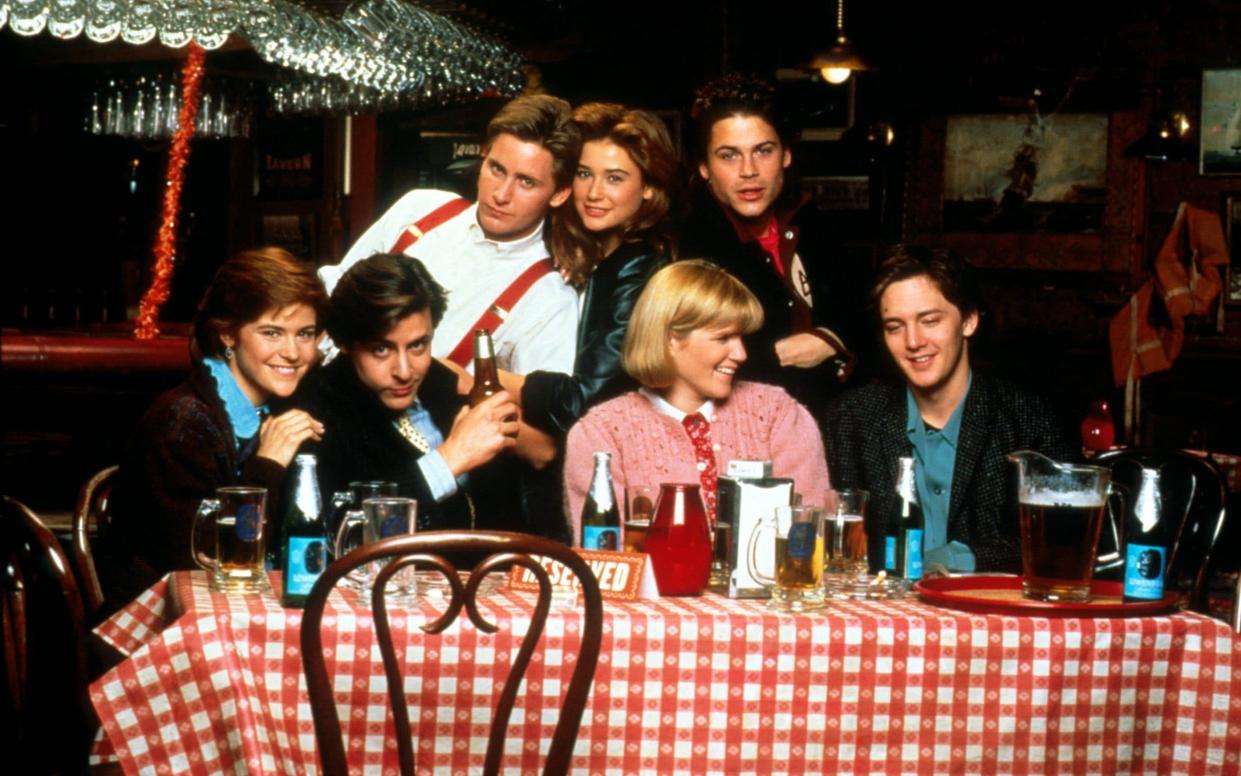
“My Brat Pack buddies and I didn’t exactly handle celebrity very well. Success at an early age is far more difficult to handle than failure.” So reflected the actor Judd Nelson, looking back at a brief, golden period in the mid-Eighties in which he and several other young, successful Hollywood stars became known by the term “the Brat Pack”. The expression was an allusion to the “Rat Pack” of Sinatra, Jerry Lewis, Dean Martin et al but there the similarities ended. The older stars may have engaged in their fair share of hellraising. But they were also, for the most part, consummate professionals, who knew how to get the job of entertaining the audience done.
This could not be said of a group of attractive, hedonistic twenty-something actors, who simultaneously came to prominence in the early Eighties. The initial film in which many of them appeared was Francis Ford Coppola’s 1983 crime drama The Outsiders, but subsequent pictures such as John Hughes’s The Breakfast Club and Sixteen Candles helped to reinforce a sense of the actors in these pictures belonging to an exclusive gang.
Yet they met their reputational Waterloo after the journalist David Blum wrote a scathing piece for New York magazine in June 1985, in which he ridiculed the likes of Emilio Estevez, Judd Nelson, Ally Sheedy and Rob Lowe as talentless dilettantes, coining the expression “Hollywood’s Brat Pack”.
Those profiled took the criticism amiss, spiralling into both personal and professional difficulties and reacting badly to the depiction of them as an amorphous group. In an attempt to reckon with the baleful legacy of that period, Andrew McCarthy, an actor who appeared in several of the iconic films associated with the group, has now made a new documentary, entitled Brats. It has a simple format: McCarthy rang around his Eighties co-stars and sat down to chin-wag about the era. The only key figures missing are Nelson and Molly Ringwald, who declined to participate.
Most of those who he speaks to regard their formative years with a mixture of affection and nostalgia. He also speaks to Blum, who claims that the original piece was just “doing my job as a journalist”, and wryly suggests, of the article, that, “I’m proud of it, It’s fine. I have no regrets. I’m glad it lived on forever. But I hope it’s not the greatest thing I ever did.”
The feature was published just a few weeks before arguably the most famous of all the Brat Pack films, St Elmo’s Fire, which was released on 28 June 1985. The film was made by Joel Schumacher, who would go on to notoriety for his Batman pictures, but was then regarded as a talented up-and-coming filmmaker. It also focused on characters slightly older than the teens of earlier Brat Pack films – such as John Hughes’s The Breakfast Club, released earlier that year – revolving around recent graduates of Georgetown University who are settling into adulthood but still seeking the solace of each other’s company in their favourite drinking spot, St Elmo’s Bar, which gives the picture its otherwise obscure title. (It is also a nautical term for a phenomenon whereby glowing balls of plasma cling to a ship’s rigging, typically seen as a good omen.)
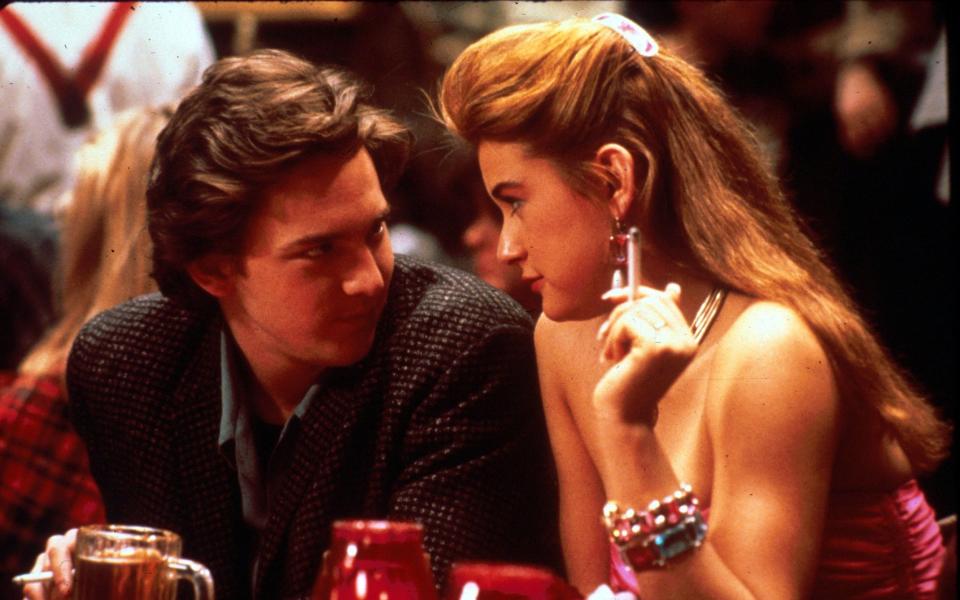
The difficulty that the “Brat Pack” now faced, despite or because of the success of The Breakfast Club and the notoriety of Blum’s article, was that they were viewed as an elite within an elite. It did not help that the script of St Elmo’s Fire, co-written by Schumacher, was described by one studio executive as featuring “the most loathsome humans he had ever read on the page”. Although hundreds of actors auditioned, John Hughes’s recommendation of his Breakfast Club stars Estevez, Sheedy and Nelson carried weight, and so they were cast alongside McCarthy, Rob Lowe, Andie MacDowell and Demi Moore.
The casting of Moore proved to be one of the film’s most difficult aspects from a production perspective. She had achieved fame after starring in the soap opera General Hospital as well as an early appearance in the Michael Caine sex comedy Blame It on Rio (1984). But the early pressures of fame had led to her becoming addicted to drink and drugs and so, at the age of 22, she had already been through a failed marriage to an older man and a spell in rehab.
Moore was accompanied on set at all times by a sober companion who kept her away from temptation and trouble, but she had to fight in order to maintain her career. When she was checking into treatment, she was offered the part and immediately checked out again. Her doctors asked her “Yes, but what’s more important to you: the movie or your life?”. To which Moore, every inch the star, replied “The movie! C’mon, what are you talking about?” She later put this behaviour down to a mixture of ambition and a lack of any care for her wellbeing. “My need to please was definitely on high alert,” she said.
She found herself in good company. The ambitious cast saw the film as an opportunity to move away from the teen roles of the John Hughes era and play characters on the cusp of adulthood instead, which led to some hilariously pompous pronouncements by the actors. Nelson declared, “I think I’m probably going to be criticised a lot. My character is very straight, very conservative, very career-oriented. After Breakfast Club, I think people will say I should have played another street punk. They’ll criticise me for not doing what I’m good at, for trying something new.” His on-screen girlfriend Sheedy, meanwhile – who, by common consent, gave the film’s best performance – professed relief at the new challenges that she faced, saying of her character, an aspirant architect, that “It’s refreshing to play someone who isn’t defined by who her boyfriend is or what her body looks like.”
Moore, meanwhile, had an air of detachment from the whole affair. Cast as Jules, a banker and party animal who is having an affair with her married, older boss, she revealed in an interview to promote the film that she was “annoyed” by her performance, which she found “too overbearing, too overpowering.” (Anyone who has seen Schumacher’s later pictures will know that OTT performances were a hallmark of his films.) Yet she reserved her greatest anger for the Brat Pack moniker which lumped her and her fellow co-stars together. “I hate it!” she declared. “I find it embarrassing, hateful and demeaning.” Moore, who by that point was romantically involved with Estevez, labelled Blum’s article “lies”, saying that Lowe and Estevez’s friendship had suffered as a result, and asked, “Why must people call me names?”
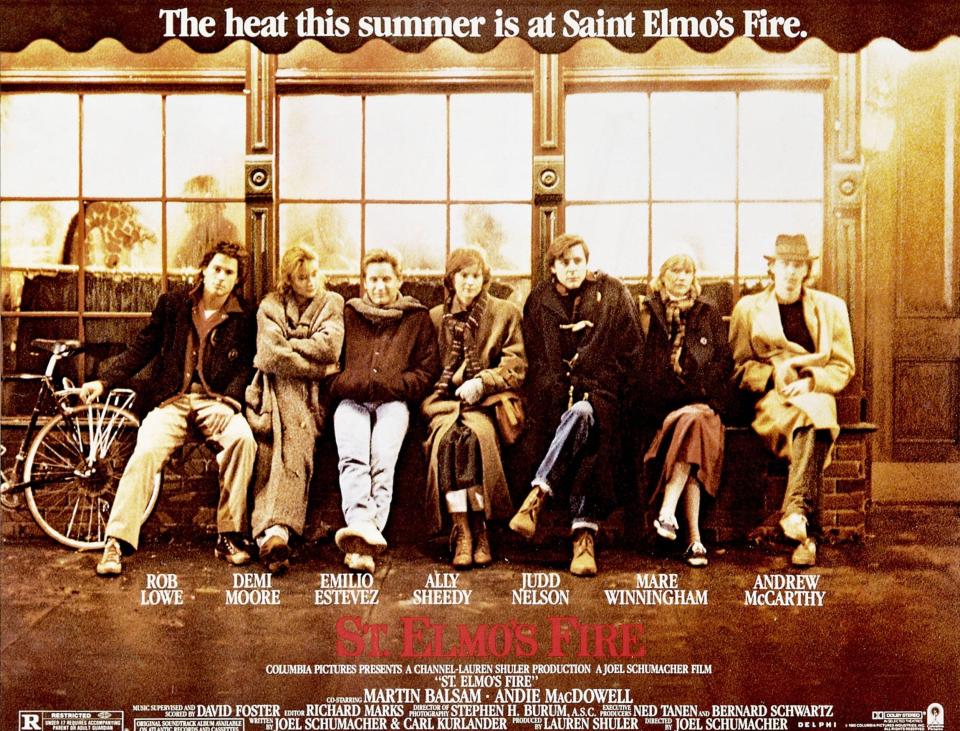
St Elmo’s Fire was a significant box office hit, and helped the careers of its stars immensely, many of whom would reunite for later Brat Pack projects such as 1986’s About Last Night and the Hughes-scripted Pretty in Pink (1986). Yet critical reaction to the picture was almost entirely dismissive, with the New Yorker’s David Denby calling it “a TV sitcom without jokes” and saying that it “isn’t drama, it’s gossip, and peculiarly early-adolescent gossip – a movie designed to be picked apart on the telephone.”
Schumacher’s fear that the characters were unsympathetic was echoed by the New York Times’s film critic Janet Maslin, who called them “spoiled, affluent and unbearably smug”. But she also acknowledged the charisma of its young cast, saying “St. Elmo’s Fire is most appealing when it simply gives the actors a chance to flirt with the camera, and with one another.”
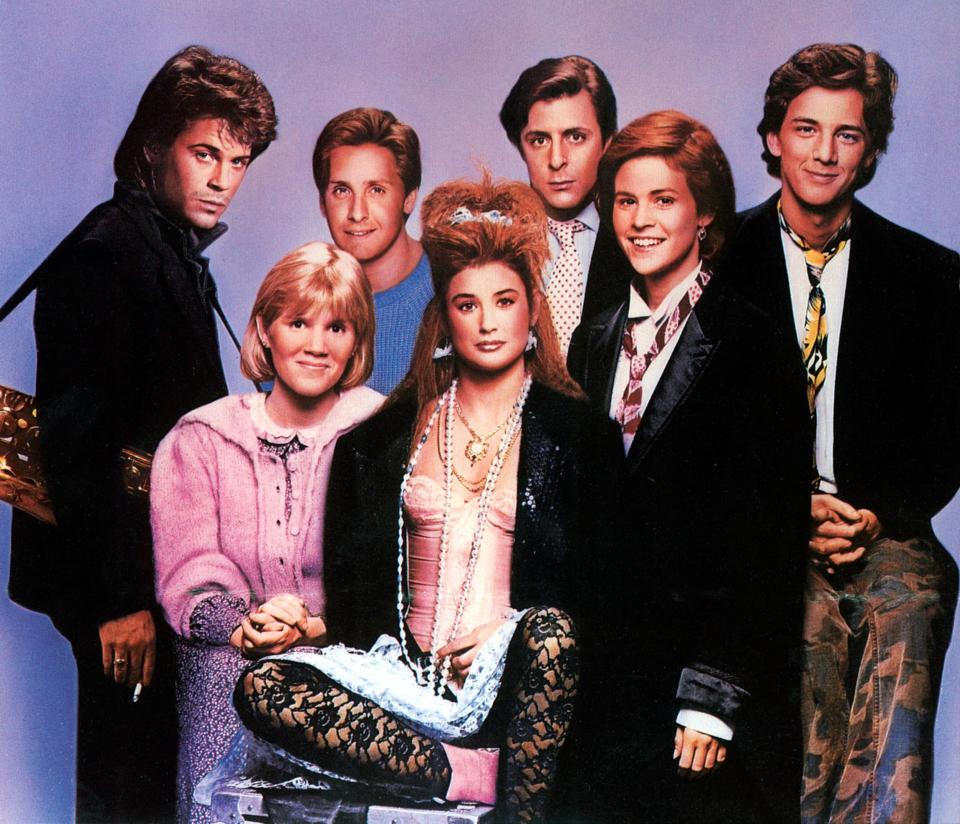
In the years since its release, St Elmo’s Fire has come to occupy a strange place in Eighties Hollywood. It should be commended for trying to deal with mature themes such as infidelity and grief, however falteringly and half-heartedly it does so, and for showcasing its cast at their most able. Yet many of the plot strands feel appallingly dated. Estevez’s character spends a good deal of the film creepily stalking MacDowell’s medical student, who he eventually forcibly kisses while her boyfriend is in the same house, while Moore’s now-penitent party girl plans to commit suicide by the novel means of freezing herself to death in her apartment, a scene which is played for laughs.
Estevez himself admitted that the more humane, less self-absorbed Breakfast Club was a superior film, saying of St Elmo’s Fire that his character’s stalker tendencies would be omitted today and that “I know people hold it as a fond memory, but it’s not a great film.” He is entirely right. Yet for all of its artistic shortcomings, it is a fascinating time capsule of the era and its gilded stars, who for a brief moment seemed to represent a new generation who were taking over Hollywood.
Blum’s description of them as the Brat Pack may have been contemptuous, but it has stuck in a way that few others have and captures – almost by accident – the giddy thrill of youth immortalised on screen, before the harsh realities of real life kicked in for the characters, and actors, afterwards.
What happened to the Brat Pack?
Emilio Estevez
The ‘unofficial president’ of the group may at times have been better known for being the son of Martin Sheen, and brother of Charlie, but he has worked consistently in the decades since. He pivoted into direction with 1996’s drama The War at Home and has made several critically acclaimed films since, including the 2006 biopic Bobby about the run-up to Robert F Kennedy’s assassination in 1968. Although his relationship with Moore ended in 1986, they remained friends, and she was in the ensemble cast of Bobby, amongst many others.
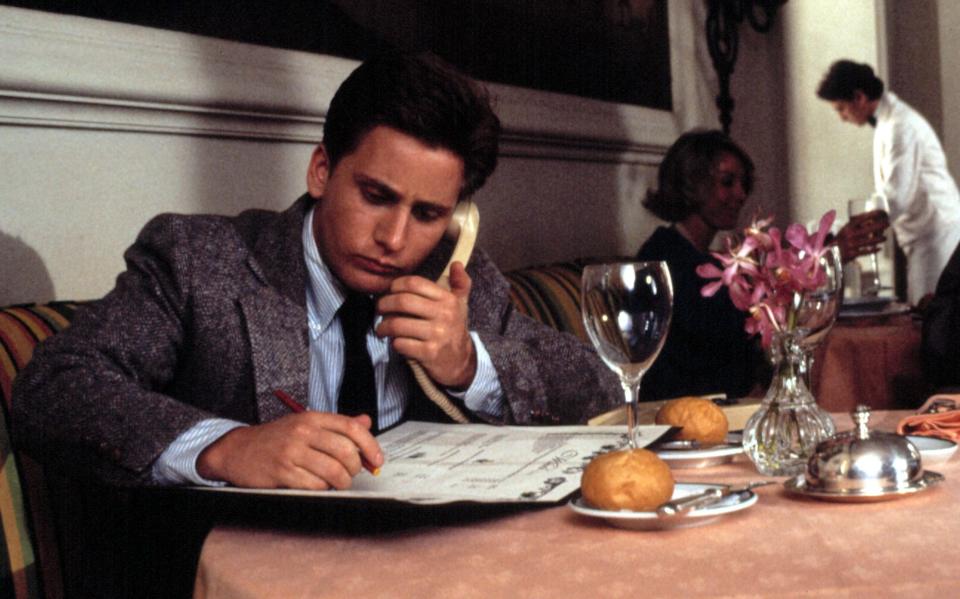
Rob Lowe
Lowe was at one time tipped to be the biggest star of his generation, but his reputation waned after he was involved in a sex tape scandal with a 16 year-old girl, during a period in which he was – like many of the Brat Pack – drinking heavily. His career later rebounded spectacularly with his starring role in The West Wing (opposite Estevez’s father) and since then he has gone on to a mixture of high-profile television roles and often self-parodying appearances in cinema. His gift for comedy was shown at its finest in Steven Soderbergh’s Liberace biopic Behind the Candelabra, in which he played a comically grotesque plastic surgeon.
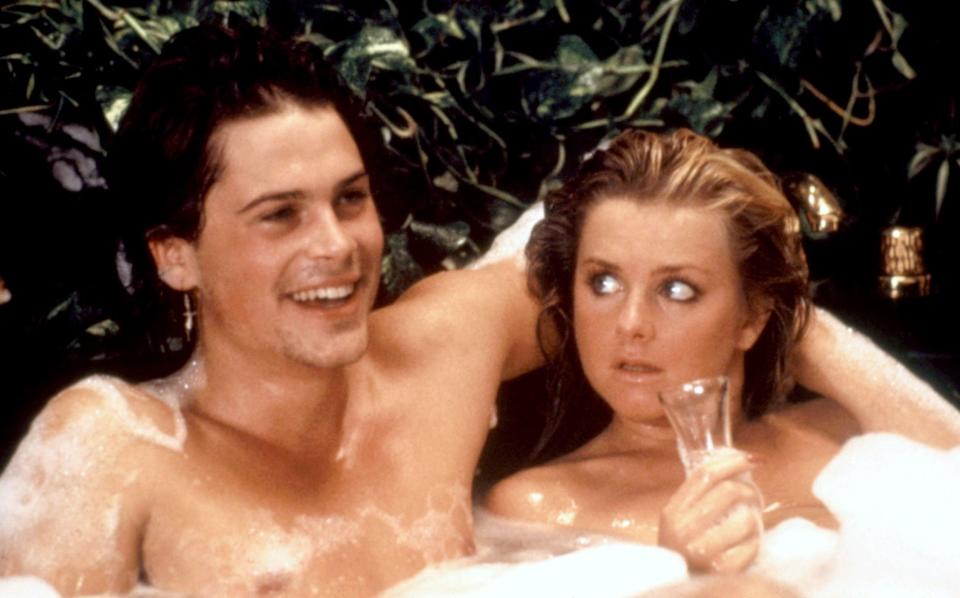
Demi Moore
In an interview at the time of St Elmo’s Fire’s release, Moore quipped “Demi Moore, my dear, will never be a star”. Subsequent events – including marriage to Bruce Willis and hits including Ghost and A Few Good Men – disproved this dramatically, until Moore was paid $12.5 million to star in the flop comedy Striptease in 1996. She then pivoted away from major starring roles into more acclaimed character work, and her comeback performance at this year’s Cannes premiere The Substance as an ageing film star who trades places with a younger doppelgänger attracted enormous acclaim.
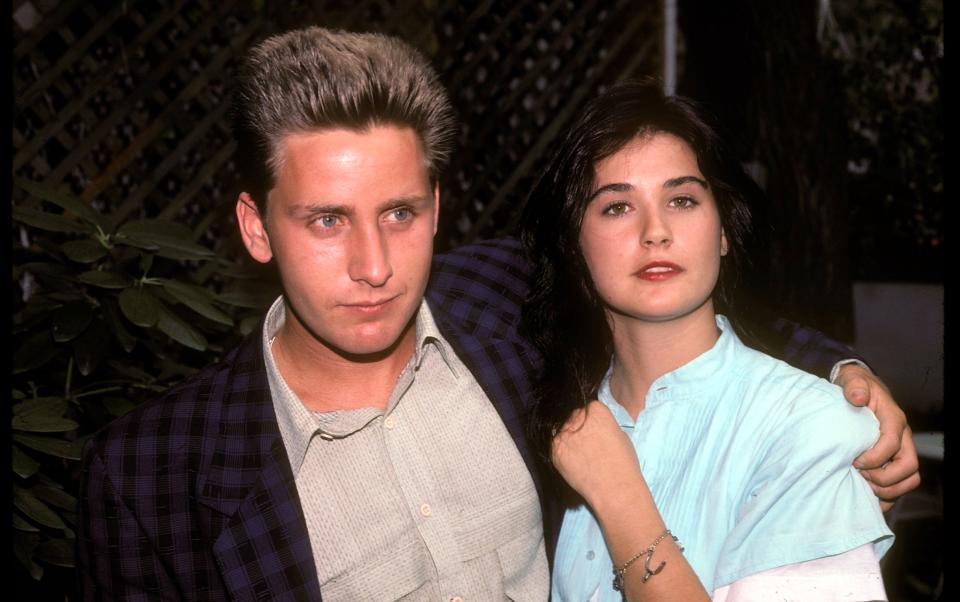
Andrew McCarthy
Ironically, given that he has now made a documentary about the Brat Pack, McCarthy was never one of its core members, and was indeed referred to disparagingly in the original New York article; this may have offered him a necessary element of detachment to chronicle the group. He has worked consistently as both an actor and a director since the Eighties, appearing in films like Mrs Parker and the Vicious Circle and The Joy Luck Club and directing episodes of popular TV series like The Blacklist and Orange is the New Black. He also has a sideline in writing, and has published several travel memoirs and a YA novel.
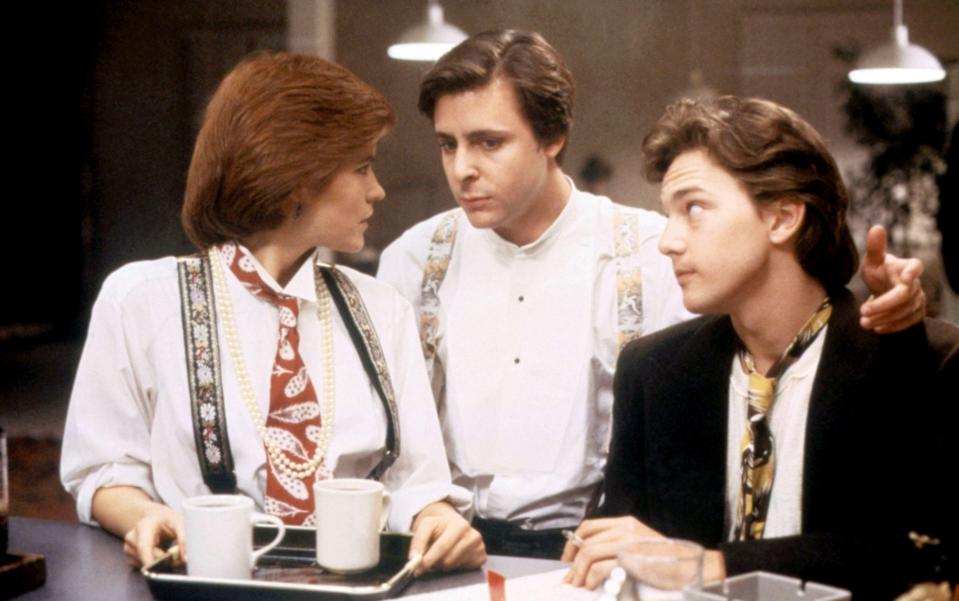
Judd Nelson
It must have hurt Nelson that Blum’s feature simply described him as “the overrated one”, but his subsequent career has been less impressive than that of his peers. Today, he may be best known for his voice acting work, playing the character of Rodimus Prime in several of the animated Transformers films, but has also popped up in supporting roles in popular television series such as Empire and Two and a Half Men. Oddly enough, he has appeared in two separate dramatisations of the Billionaire Boys Club scandal; once in the Eighties as the chief crook Joe Hunt, and then in the 2018 film as Hunt’s father Ryan.
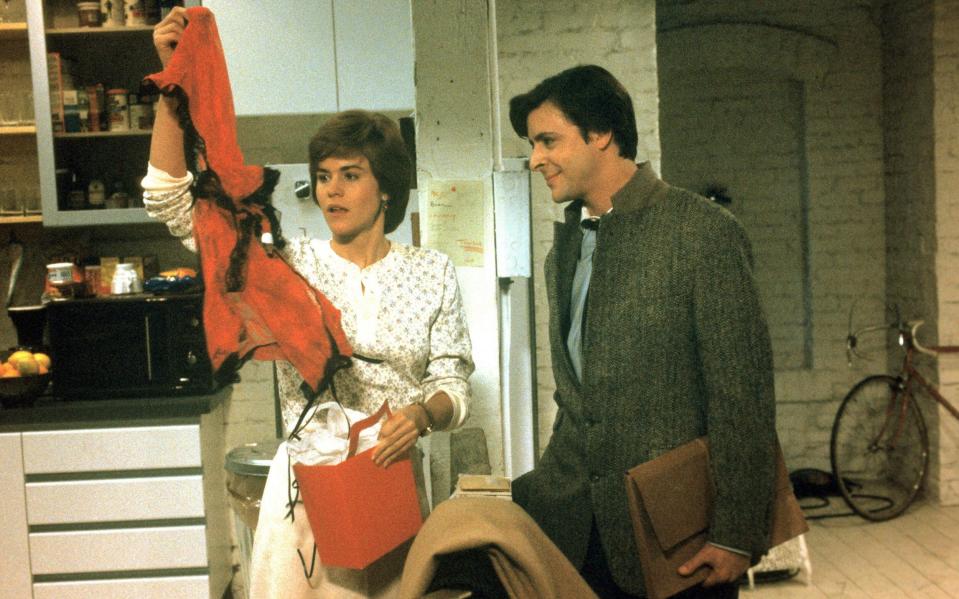
Ally Sheedy
Sheedy appeared in so many iconic films of the Eighties – not just the Brat Pack ones, but the much-loved Matthew Broderick picture War Games and the less beloved robot comedy Short Circuit – that she is often regarded as the quintessential actress of that era. Which is why her much-praised performance in 1998’s High Art, in which she plays a middle-aged lesbian photographer, showed that she had far greater range and talent than the earlier roles had allowed her to explore. Unfortunately, she has yet to be given another part of such depth and interest, and will forever be regarded as a Brat Pack actress as a consequence.
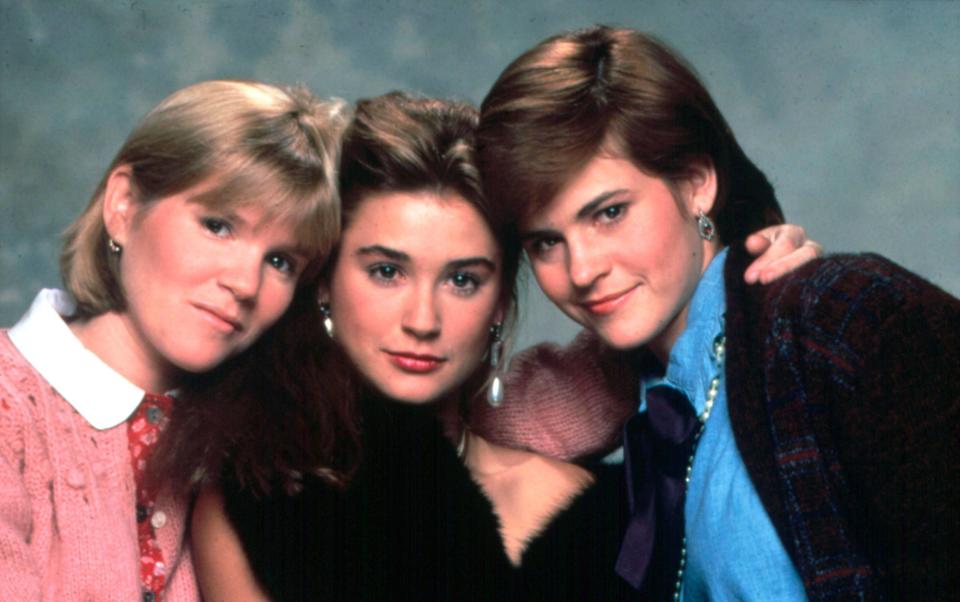
Molly Ringwald
Sheedy and Molly Ringwald recently reunited on screen for an episode of the comedy Single Drunk Female, in which they played sisters-in-law. It was a pleasant reunion for them both, but Ringwald had always chafed against the expectations of being a teen idol more than most of the Brat Pack and had dealt with it in spectacular fashion. After appearing in Jean-Luc Godard’s experimental King Lear, she moved to Paris, learnt French and mainly acted in French films from then onwards, occasionally returning to the United States for television roles in series that have included the recent award-winning Jeffrey Dahmer show Dahmer – Monster and the Truman Capote drama Feud, alongside Demi Moore.
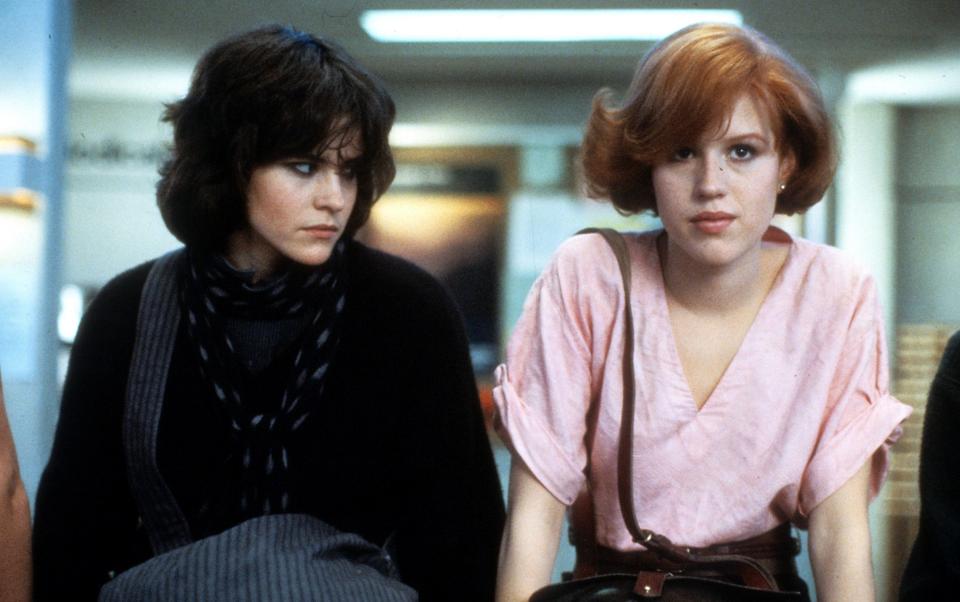
Anthony Michael Hall
Perhaps more than any other actor, Anthony Michael Hall was indelibly associated with John Hughes, who directed him in Sixteen Candles, The Breakfast Club and Weird Science. When he diversified away from Hughes’s work, turning down plum roles in Ferris Bueller’s Day Off and Pretty in Pink, a chaotic personal life lost him jobs on the likes of Full Metal Jacket and Bull Durham. He later rebounded with high-profile roles in Edward Scissorhands and Six Degrees of Separation, and may be best known latterly for his appearance as the news reporter Mike Engel in The Dark Knight.
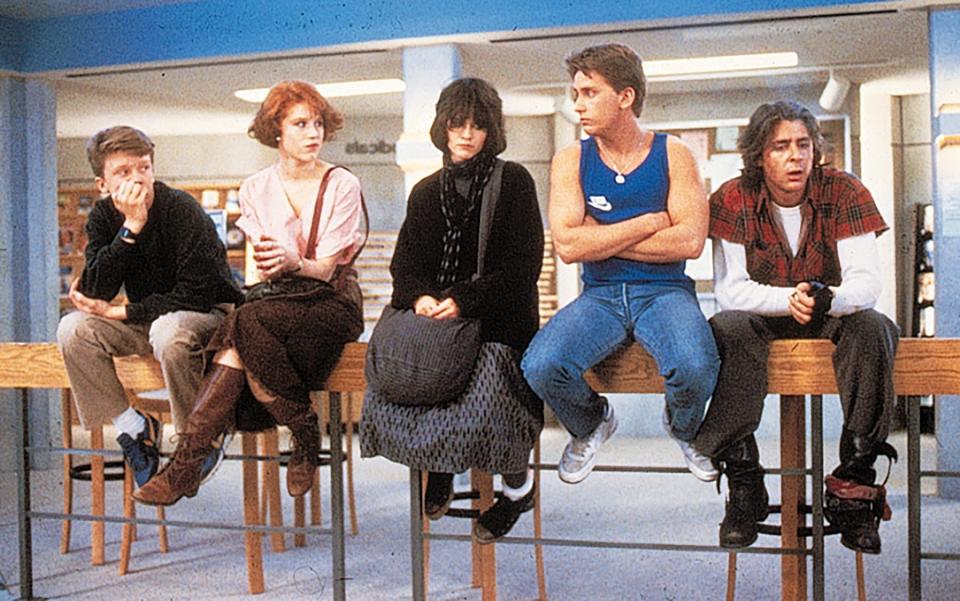

 Yahoo News
Yahoo News 
